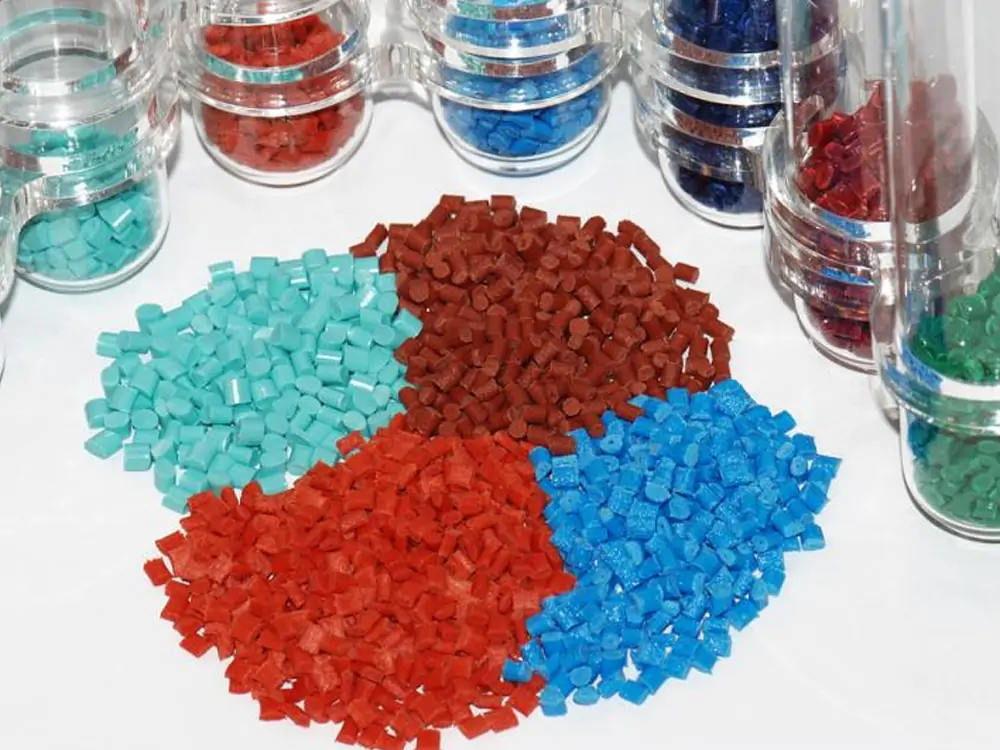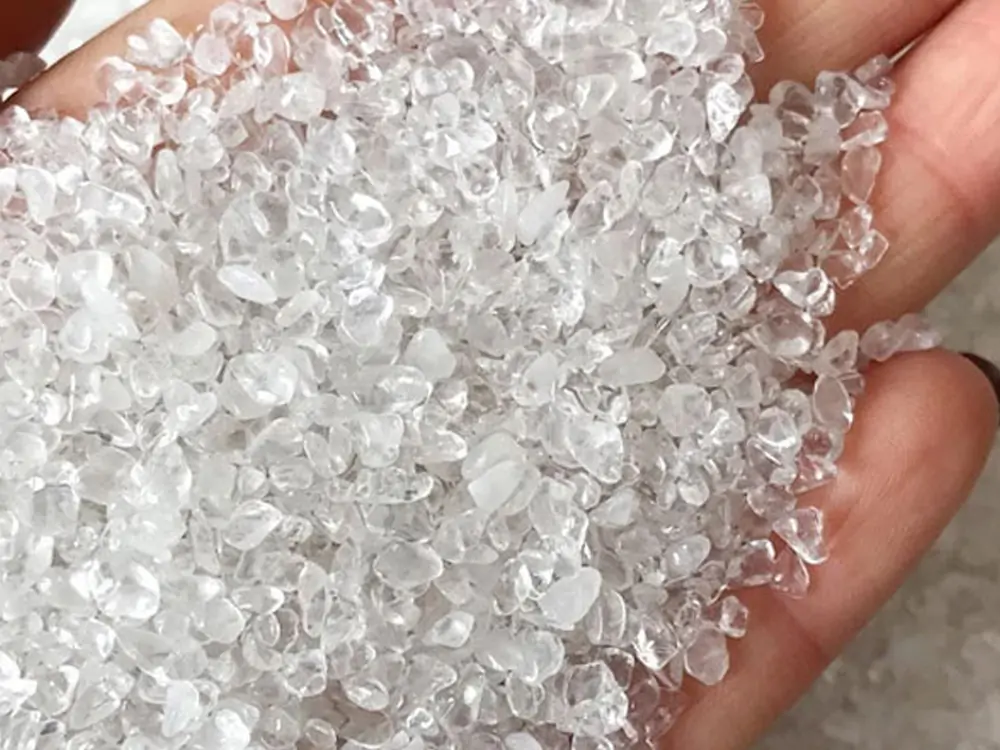There are condensation polymers such as “unsaturated polyesters”. We can form them by reaction of some polyhydric alcohol. They are also called polyols. In industries, organic amalgams with numerous alcohols have great importance. The use of hydroxy functional groups is also important. Some manufacturers use them with saturated dibasic acids. We use polyols in reactions. Manufacturers practice them such as ethylene glycol. There is also a great use of propylene glycol. Sometimes diethylene glycol is present in unsaturated polyesters. There are some acids such as phthalic acid. There is also a great use of isophthalic acid. We can use maleic anhydride in condensation polyester formation same as terephthalic acid.
Production of unsaturated polyester resin
There is a byproduct of the condensation reaction, Water. Manufacturers practice removing it through different processes. There are special processes such as Le Chatlier’s principle and the distillation process. These polyesters are of great importance as diluent. Some mostly used diluents are Styrene. Styrene permits a switch over the gluiness of the resin. It also contributes to therapeutic reactions. We can primarily convert the fluid resin to a solid. We can form free radicals at unsaturated bonds. These proliferate in a chain reaction to adjacent unsaturated bonds. In end-to-end particles link them in the procedure. There is a process called “unsaturation” which is usually in the system of maleate species. Fumarate commonly shows no reaction like self-polymerization. But Fumarate can react with styrene.

Alternating Copolymers
Alternating copolymers are the main cause of unsaturation processes. These alternating copolymers are a combination of styrene and Maleic anhydride. We have a main motive that styrene is not easy to replace with another compound in the market. The industry’s ordinary responsive diluent is styrene for unsaturated polyester mastics. California’s Proposition 65 is a compound with which styrene can be replaced by some manufacturers. The preliminary free-reacting species are made by the addition of a compound.
Promoter or initiator
This compound can easily decay into free-reacting specie. We can call this compound the chemical agent within the industry. “Initiator” is a more suitable term. Major catalysts are “transition metal salts” for the connecting and proper sprouting of chemical reactions. In manufacturing, “promoter” has great importance. These promoters are actually stabilizers.
The agent is mostly for lowering the bond separation or dissociation energy. This is for the radical originator. We can use a type of promoter, Cobalt salts. We can use some organic peroxides, which are radical initiators. Benzoyl peroxide is a radical initiator. Methyl ethyl ketone peroxide is organic in nature. Thermosetting materials include Polyester resins. The exothermal cure is for other resins. Manufacturers use initiators in excess. Particularly when a catalyst is present there is charring. There is eruption throughout the curing process. Unnecessary chemical agents may cause a problem. It can also cause product breakage. It may also form an elastic material.
Process of Formation
Manufacturers utilize Unsaturated polyesters (UPR) in many different industries. In related markets, they use Unsaturated polyesters as the matrix material. They also use it for several forms of amalgams. Some composite materials such as “Glass fiber-reinforced” are important for UPR. It may contain a huge amount in which we use UPRs. They can be administered via different processes
- SMC Process
- BMC Process
- Pultrusion Process
- Cured-in-place pipe (known as relining in Europe)
- Filament winding Process
- Vacuum molding Phenomenon
- Spray-up Molding Process
- Resin transfer molding (RTM)
Applications of Unsaturated Polyester Resin
We can use them widely in “Wind turbine blades”. We can use them in many processes. Manufacturers use Unsaturated Polyesters in non-reinforced processes.
Some uses are
- In gel coats
- In the shirt buttons
- In mine bolts
- In bowling ball cores
- In polymer concrete
- In engineered stone
- In cultured marble
Types of resins in UPR

Ortho resins
The main type of unsaturated polyester is Ortho resins. These types of resins are known as general-purpose resins. Fiber Reinforced Plastic Composites can use ortho resins. They use ortho resins in such applications as
- Boat hulls and similar materials
- Bath ware i.e., tubes
- Bowling ball hubs
Iso resins
Unsaturated Polyester products include iso resins. Iso resins must have a comparatively higher proportion of isophthalic acid. These resins own significant characteristics. There are some primary resins such as Iso resins. We can use them in balm coat applications. They have a similar texture to paint. We can spray it into a mold. Balm-coated resins should have minor color. They may be as clear as water. We should not report supplementary color to the portion. In this way, we can dye them accurately. Gel-coated resins should have a durable confrontation with UV radiations. They must have resistance to water scorching.
Tere resins
Tere resins have significant properties, i.e., high modulus of elasticity. It has prodigious tensile strength. In the context of color, they show little color properties. Tere resin has almost all-important properties than iso resins. Isophthalic acid is higher in rate in the market than Terephthalic acid. They have comparable strong point features to unsaturated polyester resins. We have a distinct portion of Tere resins. We can call them PET unsaturated polyester resins. The manufacturers produce them by the catalytic cracking process. There is a resin called PET in the container. It produces a blend of ethylene glycol and terephthalic acid. Glycols and supplementary acids are mixed laterally with maleic anhydride. An innovative polymer is here after the process. Tere resin is as same as the product of the reaction. It has a lesser cost for assembly. We can produce original PET at very less cost. PET-G is glycol-modified PET. We can use it due to its brilliant properties. we can impart it to the mastic due to its unusual supplies. We can use it in the production of PET-G.

Drawbacks of Unsaturated Polyester Resin
There are some demerits of unsaturated polyesters
- They have a strong odour
- It is problematic to blend them with further resins
- They form fumes. The fumes are particularly produced from its catalyst
- They are not suitable for attachment of substances
- Their cure is weak as compared to equivalent quantity of an epoxy balm
